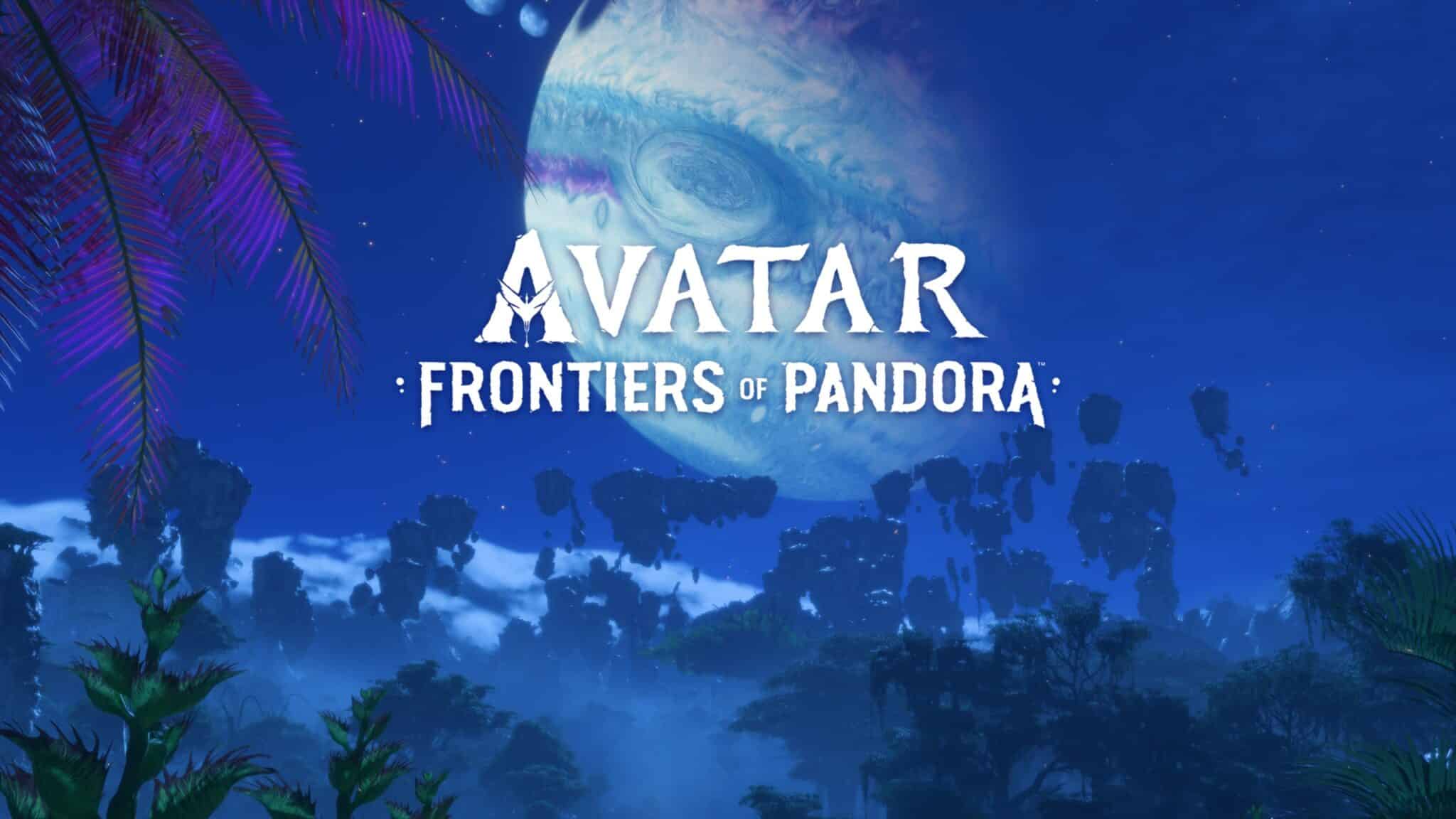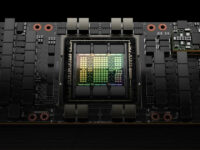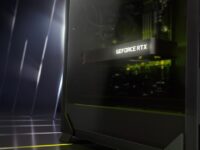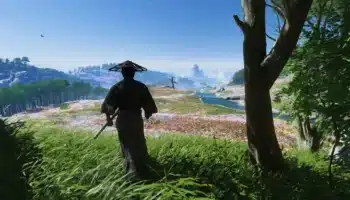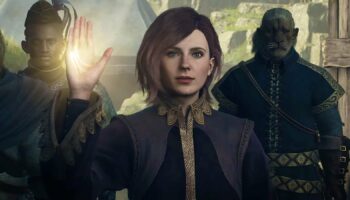The skill tree is once again aesthetically modeled, with 5 different sections, each relating to a certain facet of the Na’vi experience. The “Survivor”, “Warrior”, “Hunter”, “Rider” and the “Maker”. Skill points are earned through exploration and completion of quests. There are also points of interest called “Tarsyu Saplings”, some requiring exploration and solving of environmentally based puzzles (but marked on the map), that grant skill points when touched.
Each of these skill trees has multiple pathways to choose from which get progressively unlocked when the previous one is gained, each with an increasing requirement of the number of skill points needed. All of the skills are aptly described in what they do to the last one, so players can pick and choose which ones to pursue based on their playstyles.

If a particular tree is fully unlocked, an additional “Apex Skill” is made available to be gained, which grants incredible buffs, but requires a few challenges to complete. An example is the Survivor Apex Skill called “Second Wind”, which allows the player to spend energy and be immediately revived after being downed. But the challenge involves hunting some fierce predators flawlessly.

There is also an entire other set of special skills called the “Ancestor Skills” which are powerful and useful game-changing abilities. These are gained by exploring and finding the “Tarsyu Flowers” (similar to the saplings but much bigger and with more parkour needed). An extremely useful and fun one for example is the “Shell Breaker” skill which allows one to pull out the enemy characters from their exo-suits when stunned and is fun to execute. The double jump/air dash is also an ancestor skill gained early on as part of a main mission.
The map is very intricately designed, and unlike games that just feature a plain 2D map, this one features a full 2.5D map. Locations can be seen for their height values as well, useful as this game features a lot of verticality. Completed points of interest get marked with a green dot and can be hidden as well. Personal waypoints can be easily set with a single button which shows up on the compass later.
Players can also create up to 50 custom markers, with 10 different symbol types and 5 different colors, to mark their points of interest to come back to later. There is also an option to switch the biome view, which highlights all the different biomes in different hues, which is useful for gathering ingredients in certain biomes. Areas polluted by the RDA show up as brown and nothing can be harvested in these regions until the offending facility has been shut down by attacking it.

The game also features a fully detailed “Hunter’s Guide” which has data on every flora, fauna, enemy type, and region encountered, as well as specific data on each material gathered. This is very useful when one wants to learn more about the weak points and other data about it. The weak points can be toggled to be seen in this data view, along with their statistics.
If there is any item you wish to find, it can be “pinned” here and it will show up on the compass whenever you’re nearby.
There is a similar separate set of data entries for every character met, piece of knowledge acquired in the world, tutorials, notes, audio logs, crafting recipes, and pretty much everything you need to get up to speed. This is a very useful feature if one wants to brush up on who a particular character was or what a particular recipe said, and more games should have this. It is a Wikipedia page but inside the game and official.

The list of quests can also be tracked from the quests menu, each showing its distance from your current location, a description, and the recommended power level. They can also be sorted by most recent, distance and region types, and viewed on the map to get an idea of where it is.
Finally, there’s also the store, where one can buy cosmetics and patterns to adorn your character with real money. Yes, this is basically what amounts to microtransactions in a game but it is what it is in the current state of the game industry sadly normalizing it. Thankfully this is not obtrusively placed anywhere and is mostly just a button on the side and doesn’t contribute to anything but cosmetics, which some people could be interested in.
As for interactivity, the Na’vi vision is something that works akin to the Eagle Vision or Witcher senses, allowing the player to seek out any nearby flora, fauna, threats, and their weak points as well. Clicking the middle mouse button while focusing on an object allows us to see its description and characteristics including the power level, and adds it to the hunter’s manual if it’s the first time encountering said object. Certain investigation scenes can use this to link different pieces of evidence, similar to the Batman Arkham games, to deduce information. Any animal can also be tracked by its scent, by using this vision.
There’s also a very simple character customization screen, where you can choose the facial features, hairstyles, colors, body type, and voice type for your character. Certain unique body patterns of Na’vi and body paints can also be applied. Anything can be changed at any time during gameplay by visiting the dressing booths inside safe areas, so you won’t be locked within by the choice you make during the initial creation. Considering that this is a primarily first-person experience, this mostly doesn’t add much but is a neat addition to have.

Except of course, for the addition of Co-op where you can see each other’s created characters in all their glory. This game features a very well-made co-op gameplay system for up to 2 players. Unlike the Far Cry series, both players get to carry over the progress of the host as the guest can choose to “skip” the completed missions when they return to their world. All equipment, skills, and materials gained are retained.
It takes a little while to unlock co-op, around more than an hour, and the game even handily tells us which missions need to be completed before access to it is granted. Once available, the game offers a seamless cross-platform co-op experience and in our time trying it out, it was mostly flawless and helped make the gameplay even more fun.
A set of co-op-only options also get unlocked, such as the ability to ping various things with different markers, such as “go there” or “threat here”. And a separate menu for emotes where you can choose to dance in front of your co-op partner while they get mauled by the wildlife. Most gatherable resources are single-instanced, so when one grabs it, the other can’t. Save for the bigger more important loot boxes, so that both players can get access to say a good piece of armor. But you can also swoop in and steal the resources from some animal they downed if you so wish. If you have a friend who has this game, it is highly recommended to play along as it elevates the whole gameplay experience to double the fun and is very well integrated.
Before we close this section, the photo mode deserves a big mention as well. With in-depth options to set up the camera including various special effects, added with the beauty of the Pandorean environment crafted here by the devs, the photos that can be taken are truly impressive. The whole world pauses when entering photo mode.
Environment
We spoke about the environment in brief before, but this is hands down one of the best environments seen in modern games. Most of the objects are destructible. Individual leaves can be shot out or entire trees can be exploded (the smaller ones at least). When HDR is turned on, the game gets even better, so if you have an HDR display use it for this one.

Wind makes everything react in real time and a character running through the foliage evokes a reaction. Along with all the different plant types which can react in different ways. At night time, many elements on the planet take on a glow, such as grass which glows when you walk on it, or the sky with the giant planet in it, with dynamic clouds. When ray tracing is turned on, the global illumination lights up every bit of the forest in all its goodness, and multiple bounces can be seen on most items. Reflection surfaces feature full ray-traced reflections and ambient spaces get lit by all these different bounce lights as well. It is spectacular especially at the highest “unobtanium” settings, if your PC can handle it.

The FSR 3 frame generation implemented here is also some of the best seen to date, and the frames stay at a nice buttery rate with almost no stutters. This is a very finely optimized game on PC and the engine “Snowdrop” is showcased in all its glory, rivaling something like Unreal Engine 5. Of all the elements of the game, the environment is its strongest suit and when soaring through the skies on your mount vertically, the sights can be jaw-dropping.

